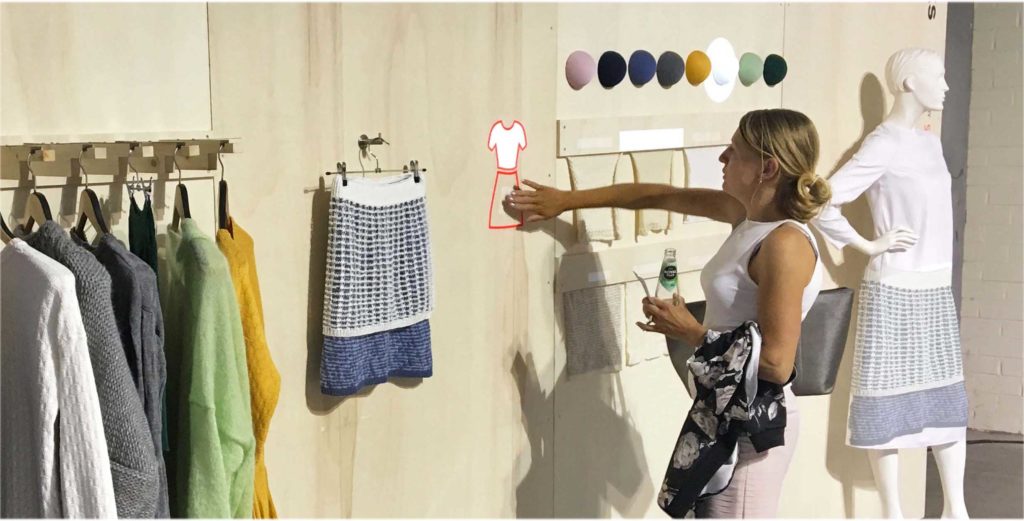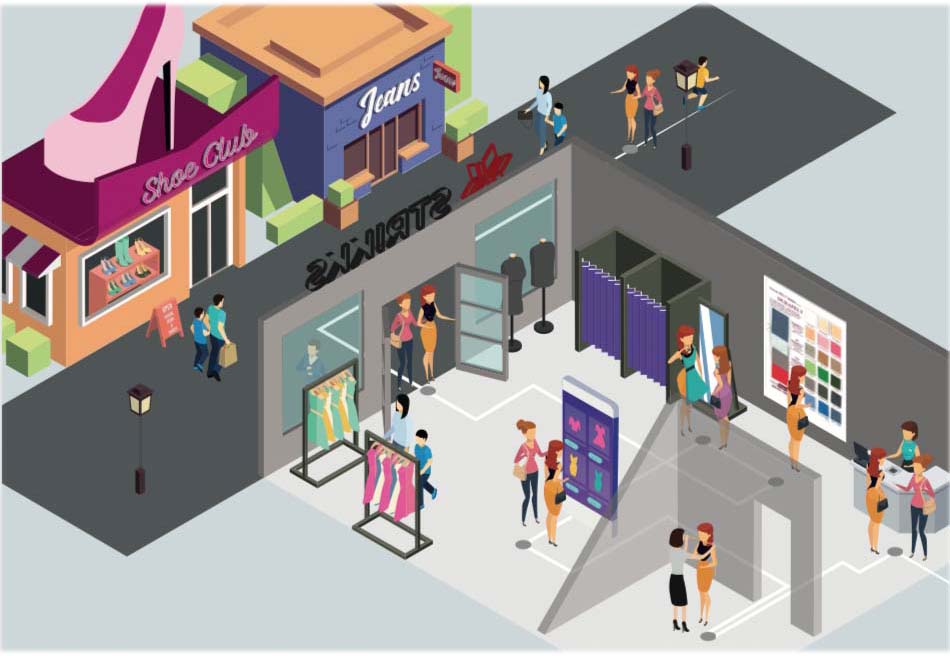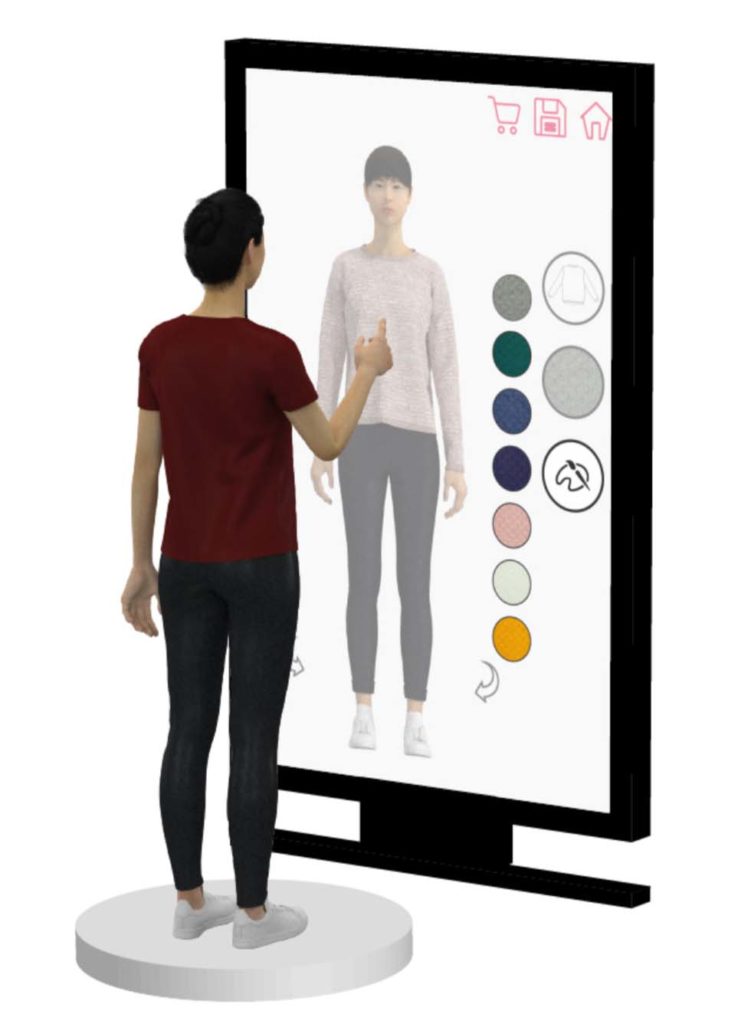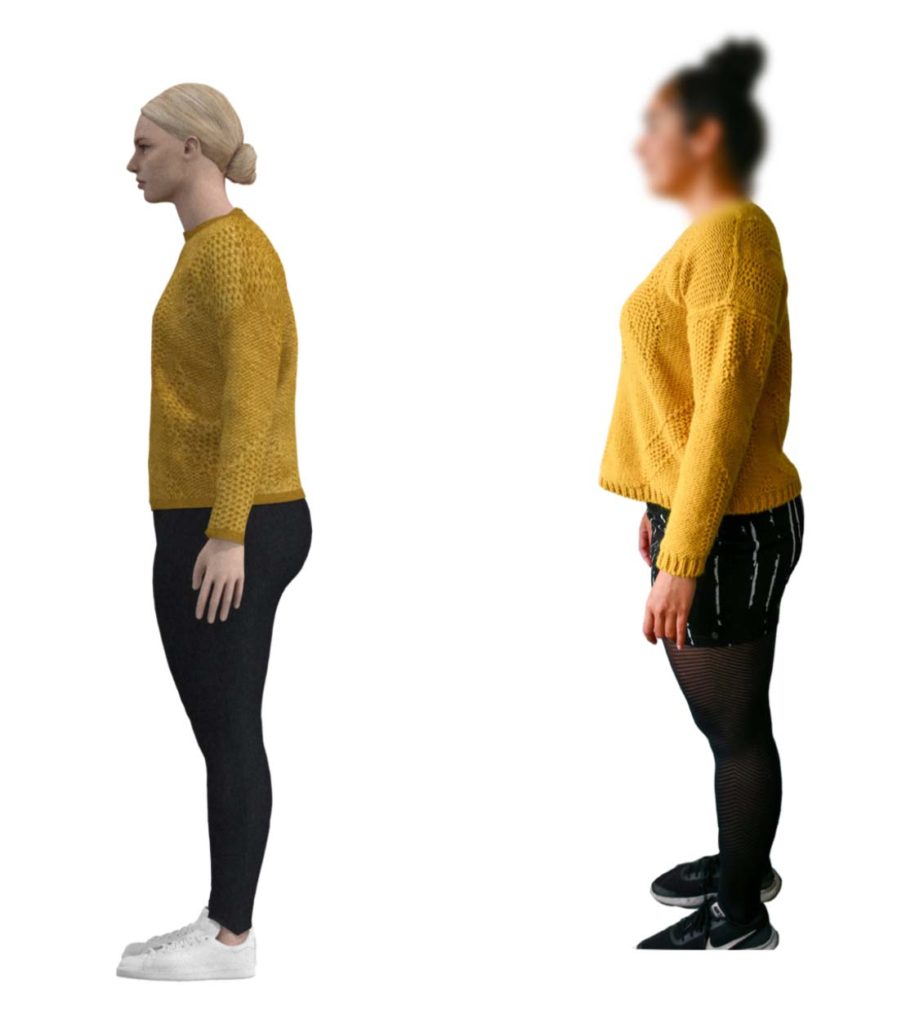STRIKKS

STRIKKS
Motivation
The motivation of this assignment was the running research performed by STRIKKS called “Personalization in Knitwear, an addition to a sustainable wardrobe”. In this research, STRIKKS combines the changes in the fashion industry: the growing awareness of consumers and the demand for individualisation, in combination with STRIKKS’s fascination for knitting and the technical developments in the manufacturing of knitted products. STRIKKS has developed a process in which a customer can customize a piece of clothing based on model, color and a fabric. Subsequently, this product is visualized and projected onto a mannequin in the retail store.

Problem definition
In the current system, it is difficult for customers to make the right purchase decision. The research question therefor is formulated as:
“Designing a user experience to sell personalized knitwear in store”

Collaboration and approach
A graduation student collaborated with STRIKKS and the experts of the Fieldlab at TU Delft. Fieldlab and the graduation student focussed on the (design) engineering part of fashion visualization, 3D bodyscanning and technology behind user experience optimalization. STRIKKS contributed by sharing experience from previous research and organized new research setups. They also contributed to the human-product interaction scenarios. This resulted in a realistic application of theoretical knowledge.
Creating an optimized shopping experience to convince a customer to purchase personalized knitwear, was the main goal of the collaboration. Different methods of fashion visualization were investigated and applied to STRIKKS knitwear. The end-goal is to provide the customer with a virtual fitting of the chosen product on an avatar (digital twin), representing the customer’s own body. For the configuration of the clothing, different methods of measurement-taking were investigated.

Results, takeaways and conclusions
The graduation student has performed extended analysis on the current personalization process, the presentation of the clothing and the method of measurement-taking. For the graphic representation of the clothing, an existing software tool called CLO3D was chosen. Subsequently a virtual visualization and production of knitwear were realised for six subjects which were compared.
The result is a design proposal: an accurate interactive digital representation of the decision-making proces of the customer, in which a customer has a clear visualization of the clothing (fabric, color and fitting).
The research has concluded that a graphic/digital visualization indeed contributes to the personalization proces. Improvements are necessary to make the process even more pleasant for the customer, for example by improving the personalization of the avatar. The study also concluded that extra personalization could cause increased effort demanded from a customer, for example by asking questions on sizing, which the customer normally would not have to think about. Lastly, the representation of the knitwear is not yet precise enough to visualize correct behaviour of the fabric around the avatar. For this, the system requires improved software and processor power of the computer.
Knowledge dissemination & Application
STRIKKS is going to investigate the opportunities to improve the visualization and the interface of the decision-making process. Later on, this will be tested in a pop-up store.



